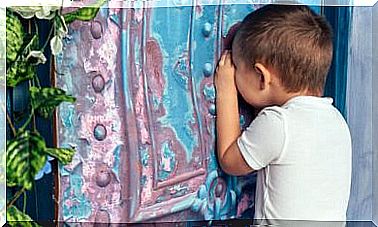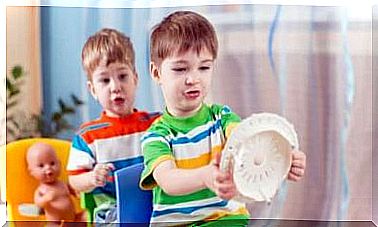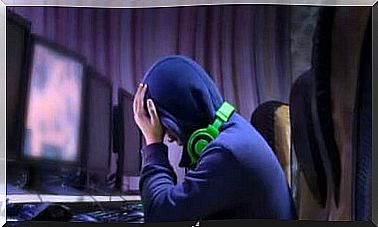The Classroom According To The Montessori Method
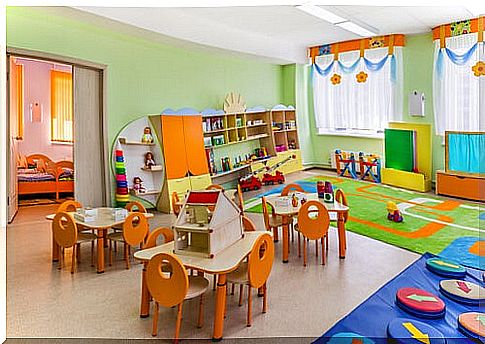
The organization and arrangement of the class is one of the key concepts in the Montessori method. In these places the little one will be taught how to interact socially. Today we explain how to organize the classroom according to the Montessori method.
To organize a class in this way, you have to decorate the classroom in the right way so that the children play and learn. The activities must be carried out in a different way: individually or collectively, in small groups, in large groups, etc.
All the elements present in it must be adapted to the size of the pupils; this rule also applies to furniture, shelves, utensils, dishes and educational materials.
Another feature of the Montessori method is that the classroom does not have a focal center. This means that the teacher does not place himself at the center of the class or at the focal point of attention of the children. The Montessori method sees the class as a community.
The classroom according to the Montessori method: organization
As we have already mentioned before: organization is one of the key aspects of the Montessori method. It is characterized by promoting the development of the child through independence, freedom with rules, respect for natural psychology and physical and social development.
Among other features, the classrooms must be warm, well organized and welcoming. And why not maybe with sofas, rugs, and flowers so that the youngest ones feel as peaceful as at home.

How to organize the classroom according to the Montessori method?
Below we provide you with 10 guidelines for organizing the classroom according to the Montessori method.
1. Good lighting
The first element to take into account is lighting. It has to be natural, with light colors and open spaces. This creates an environment suitable for a relaxing but concentrated activity.
2. Accessibility to materials
Learning materials must be found on accessible shelves. This stimulates independence as the student accomplishes his or her task.
In a Montessori classroom, everything is where it should be. This conveys a sense of harmony and order that comforts and stimulates students.
3. Defined spaces
In this type of class there is adequate space for group and individual activities. Pupils can thus stimulate and enhance their skills. All areas are demarcated and there are large shelves and tables with school supplies.
4. Area dedicated to peace and reflection
One of the main differences that distinguish the Montessori classroom from a common one is the presence of an area dedicated to peace and reflection. It is a corner or table with specially chosen elements, a vase of daisies or a bowl with colorful fish so that students can engage in meditative thinking.
5. Reading area
There is always room for books in a Montessori classroom. The latter are specially chosen for students to do their research. In this way the interest and passion for reading of the little ones is stimulated.
6. Attractive designs
The classroom must be perfectly designed. All materials must be in an open and easily accessible environment. Consequently they will have to be sorted according to the degree of ease to get to the most difficult one.
7. Freedom of the professor
Since the teacher is not the center of attention it can sometimes be difficult to spot. In most cases he is sitting on the ground or at a desk, this allows him to observe his students while they work, make notes and consult with those who request it.
8. Pictures on the walls
Montessori classrooms usually have real life pictures attached to the walls, with the aim of piquing the interest of children. The images must show people, objects or scenes from real life, obviously they must be within reach of the child.
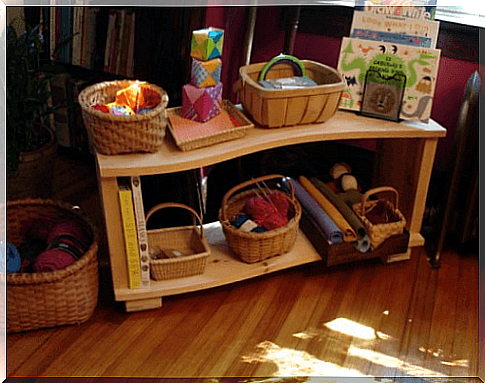
9. Small furniture
All furniture must be suitable for the size of the child, including shelves. This is because children must be able to take something without the help of the teacher.
At the same time the tables and chairs must be small in size so that they can be easily manipulated by children.
10. Presence of plants
Finally, the presence of plants. This characteristic generates teamwork in the little ones as stewards of the surrounding environment, such as the fact that we take turns to take care of the plant.
The Montessori method of organizing spaces gives great benefits and enjoys great acceptance. Try some of these changes at home too and you will see the results in your little one.
